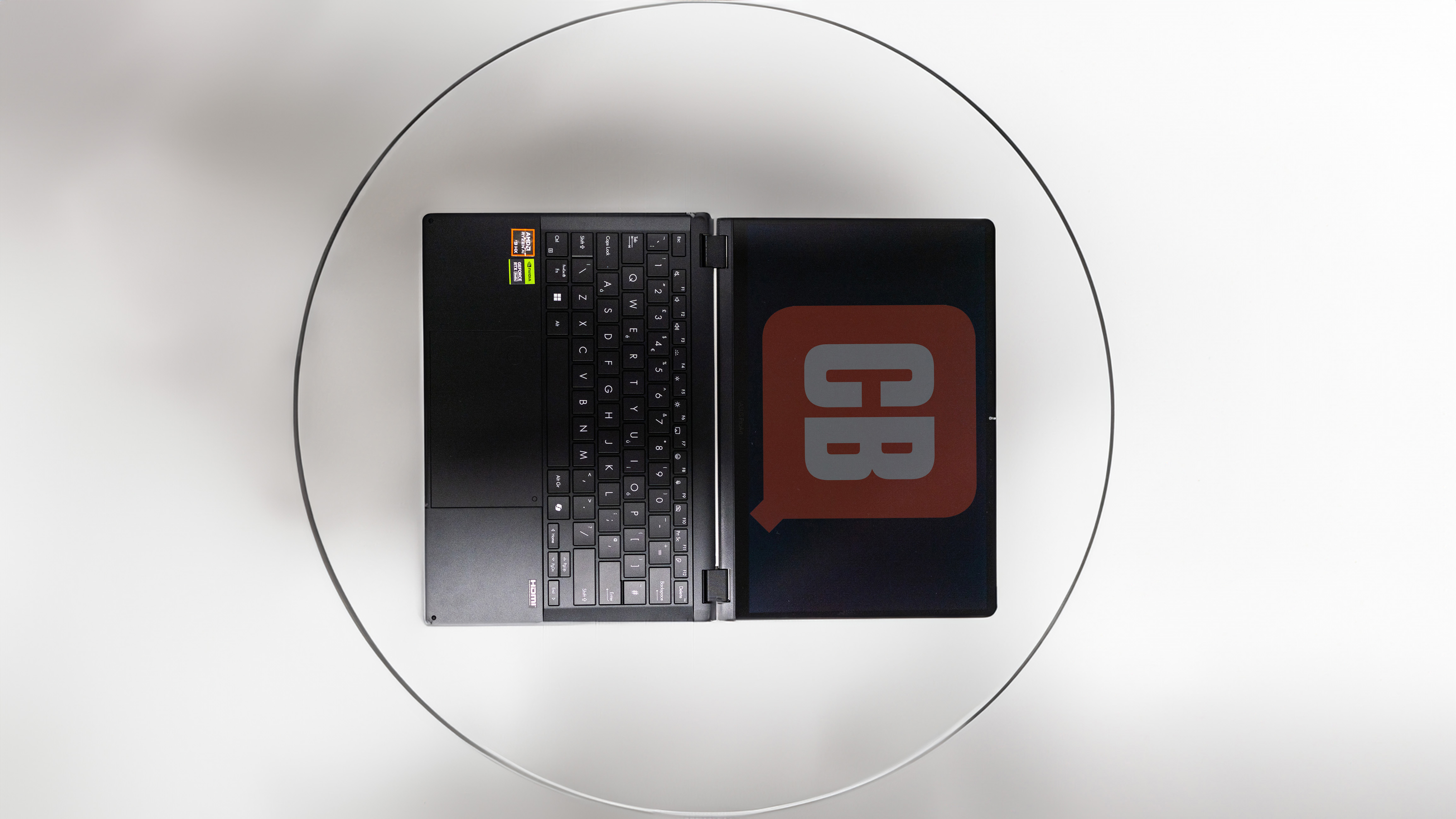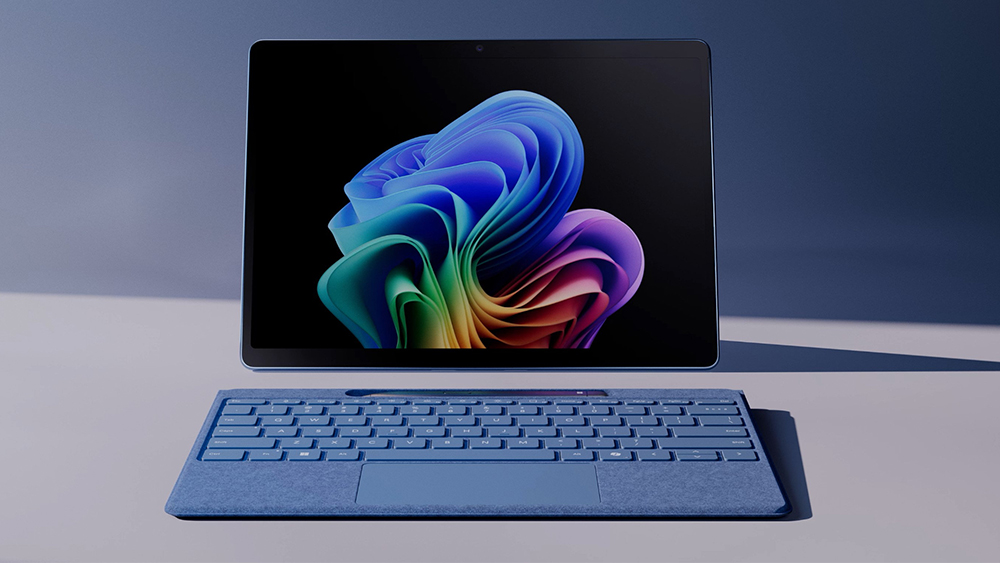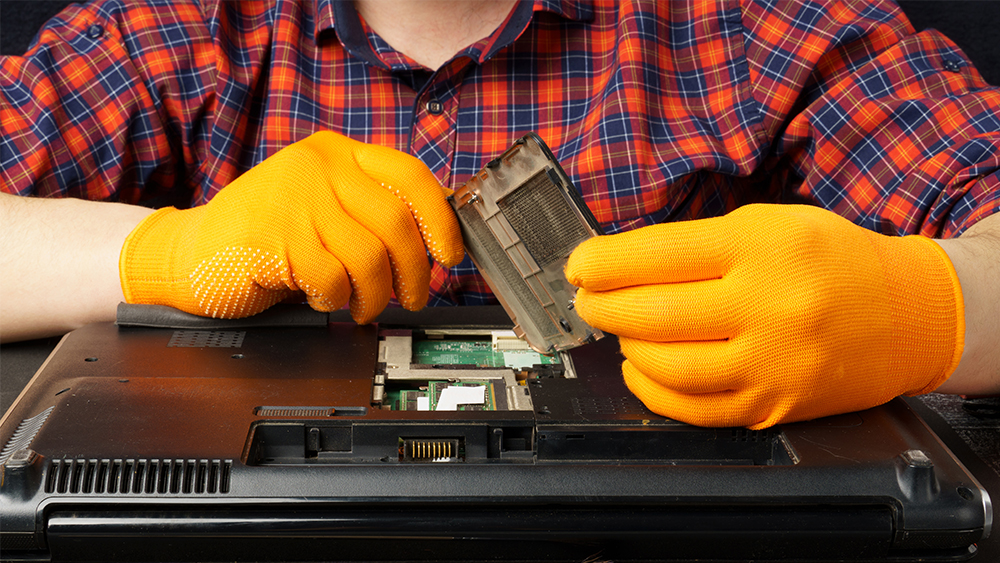
If you've realised it's suddenly time to head back to school and your laptop is no longer up to the job, then a future-proof laptop might be just what you need. A back-to-school laptop is a big investment, even with a good deal, so it can make sense to choose one that will last for longer than just your course of study – ideally into your professional career.
A future-proof laptop will have enough power, memory storage and other features to last for years – or will at least provide the flexibility for laptop upgrades as and when you need them. Ultimately, the best back-to-school laptop for you will also depend on what you're studying (we have dedicated guides to the best laptops for graphic design, CAD laptop and best Mac for video editing) to help there). However, in the meantime, read on to learn everything you need to know about ensuring your new laptop (or your existing one) will last you well.
This article is part of our Next Gen Creative Tech week.
Does it make sense to buy a future-proof laptop?
Let's first considering whether it actually makes sense to buy a future-proof laptop. Buying a super high-spec device is likely to cost you more than what you would pay for laptop that has the minimum specs you need today. In many cases, that investment is likely to pay off because the chances are that you'll need higher specs in the future, but that a more powerful processor, higher RAM and storage or a higher resolution screen with more professional colour coverage.
But there are arguments in favour of buying a cheaper laptop and replacing it every few years, however wasteful that might seem. Things move fast, and if you're going into a very tech-dependent profession, you might want a new device with more modern features not that so down the line anyway. The speed of development in AI, in particular, means that in a couple of years, laptops may have new optimised tech that simply isn't available today.
Also bear in mind that people often end up replacing their laptops for reasons other than them becoming too old and slow for their needs: often because of accidents or physical damage to things like keyboards, screens and ports. A laptop with a Nvidia RTX 4080 mobile GPU rather than a 4060 isn't guaranteed to have a longer lifespan, and it could cost up to around $1,000 more in initial cost.
That said, many creatives don't see their computing needs change massively from one year to the next other than the power, memory and storage required of the software they're using. If you buy a laptop with top-end specs today, it's feasible that it could last you for many, many years if you treat it well.
Daily design news, reviews, how-tos and more, as picked by the editors.
What makes a future-proof laptop

So what do we even mean by future proof? Basically, we're talking about buying more than what you need today with the idea that it will last you longer. When it comes to laptops that often means taking into consideration that the type of work you might be doing or the software you'll be using in two or three years time, which may demand more powerful specs or superior features than what you need today.
This will often mean choosing a processor that's a more powerful than what you need, along with more memory and a larger SSD for storage. Depending on what you're studying, you might find a laptop with 8GB of RAM and 256GB of storage space to be adequate for you needs, but by the time you start working professionally, you could find yourself getting frustrated with its capabilities.
But a futureproof laptop isn't all about internals. There's also the overall build to think about. A well-built device is likely to resist a few knocks, and the keys are more likely to survive years of hammering. The screen is another consideration. If you go on to work in design or video professionally, you might find yourself wishing you had invested in a laptop with a more colour-accurate screen.
Good candidates for future-proof back-to-school laptops today include the Asus Zenbook 14 OLED, Asus ProArt PX13 and the MSI Prestige 16 AI, all of which we gave 4.5 stars in our own reviews.
The role of AI in future-proof laptops

Artificial intelligence is revolutionising all kinds of tech, and laptops are no exception. As well as CPUs and GPUs that are optimised for AI, the best AI laptops have a newer type of component called a neural processing unit or NPU. These specialised accelerator chips make clever use of AI to run certain creative software more efficiently, and they power tasks like voice and facial recognition, predictive analytics, and native machine learning on device without needing cloud-based AI services.
The uses for NPUs are likely to grow in future years, helping to automate repetitive tasks, provide intelligent suggestions, and enable seamless voice controls, otentially changing the game in terms of productivity. This is one of the biggest changes in laptop tech in recent years, and it's an area where non-AI laptops might soon start showing their age.
A future-proof laptop through purchase or upgrade?
If you've decided to future-proof your laptop, that generally means going for a top-end laptop today with the idea that it will last for many years. For creatives, this will often mean going for a Apple MacBook or a Windows laptop with a hefty amount of RAM and storage.
This means paying close attention to specs when you buy. Apple MacBooks remain hugely popular among creatives, but the base configurations aren't very future-proof for creative work at all. Even the MacBook Pro starts at just 8GB in RAM on the 14-inch model, which means it could be frustratingly lacking for memory-intensive workflows even today.
Choosing enough RAM is particularly important for Macs since memory is soldered to the mainboard, which prevents them from being upgraded. That means you should buy a configuration with all the memory you will ever need. Even if you decide to replace the laptop yourself, higher memory can make it easier to sell you MacBook on.
Windows laptops are more flexible, and you do have the option to open them up and upgrade components to extend their life. The brand Framework makes upgradability a big selling point, with a modular design that allows users to easily change and upgrade everything from the screen bezel to the motherboard and ports with no technical skills (see our Framework review).
How do I upgrade a laptop?

Continual advances in technology mean that even the most powerful laptop will feel outdated eventually, but that doesn't necessarily mean having to buy a new one. Fortunately, there are some easy ways to upgrade a laptop without even opening it up. Using peripherals: an external mouse, keyboard and/or monitor can provide better ergonomics and help an aging battery last longer.
If it's power and memory that's the problem, you'll need to open your device. With Macs, your options are severely limited, but with a Windows laptop, almost many components can be upgraded if necessary. Processors (CPUs) are often soldered to the motherboard, making them difficult to replace, but changing or adding hard drives, RAM chips, graphics cards, wireless networks cards and sound cards is often viable (depending on what laptop you have, certain components may be easier or harder to get to in order to upgrade them).
Laptops will usually have multiple slots for memory upgrades or installing additional SSDs for storage space, and this is something to consider when you choose your laptop in the first place. How you choose to upgrade your laptop will depend on what you think it needs.
If you find it struggling when you have a lot of windows open or when you're working in lots of layers software like Photoshop, then you might find you need more memory. This will require changing or adding a RAM chip. Video editors or keen gamers may need more graphical processing power, so they may want to upgrade the graphics processing units (GPU).
Storage is another laptop upgrade to consider. Many creatives use external SSDs, many of which are handily portable, but installing a bigger internal SSD can be more convenient if you find you need to be connected to more storage space most of the time.

To upgrade your laptop, you'll first need to identify compatible parts, which will require checking your laptop’s guidelines. Find your laptop’s model information (often printed on the bottom) and download the manual if you don't have it. You'll also want to check what specs you system currently has (Go to Settings > System > About > “Device specifications” in Windows 11)
Bear in mind that there are risks involved in upgrading a laptop yourself. You may accidentally damage components, and installing incompatible hardware, software or drivers can cause problems. If your device is still under warranty, that warranty may become void if you try to upgrade it. If you do go ahead and upgrade your laptop yourself, be careful to avoid materials that generate static electricity. Consider using an anti-static wristband.
For more advice, see our guide to the most powerful laptops and the best MacBook Pro alternatives.
This article was created as part of Creative Bloq’s focus on Next-Gen Creative Tech in association with Nvidia.

Joe is a regular freelance journalist and editor at Creative Bloq. He writes news, features and buying guides and keeps track of the best equipment and software for creatives, from video editing programs to monitors and accessories. A veteran news writer and photographer, he now works as a project manager at the London and Buenos Aires-based design, production and branding agency Hermana Creatives. There he manages a team of designers, photographers and video editors who specialise in producing visual content and design assets for the hospitality sector. He also dances Argentine tango.
